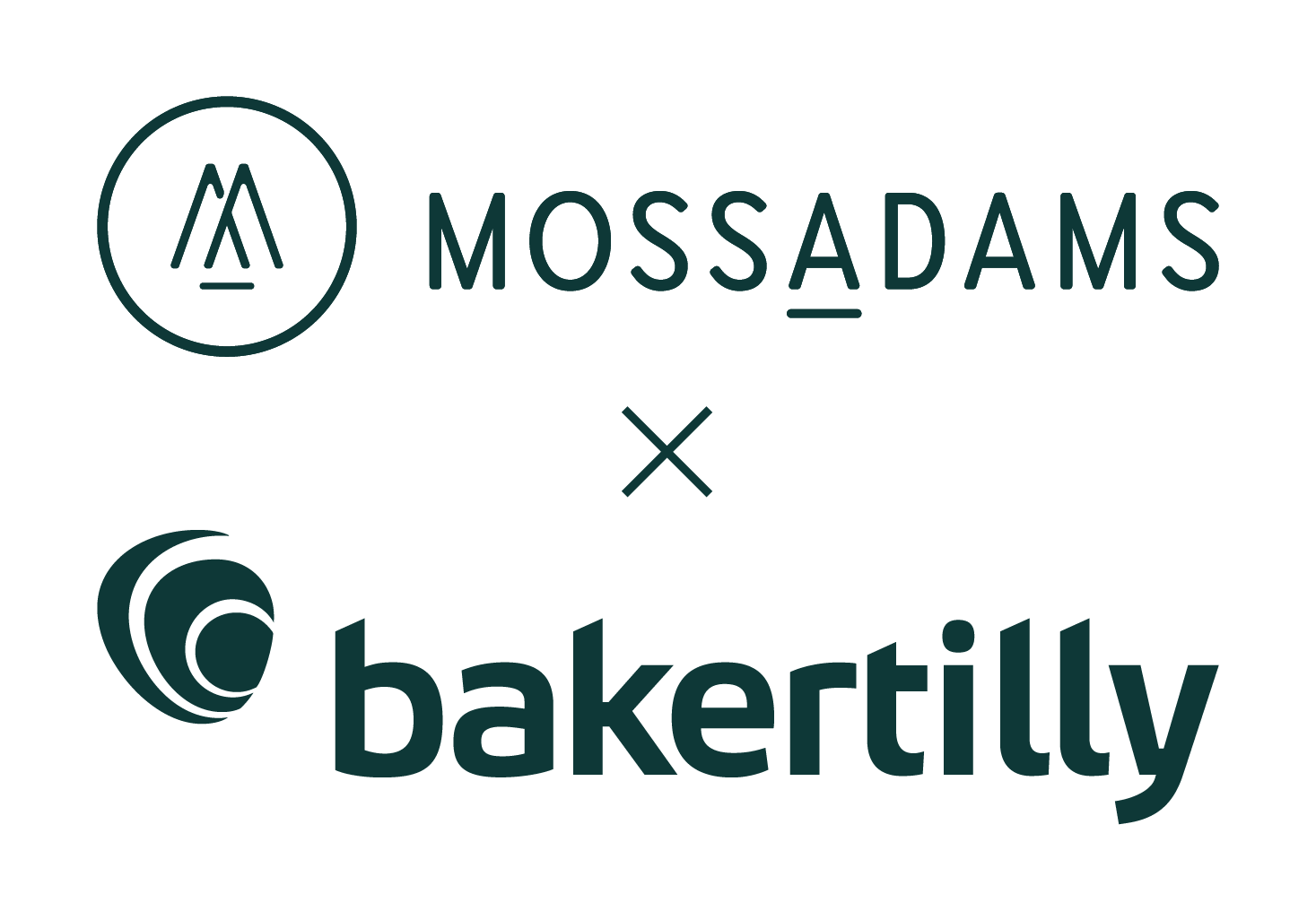
Risk Committee Essentials: What Every Bank Director Needs to Know
Effective risk committee members provide more than oversight — they ask the right questions and steer the bank through the increasingly complex risk landscape.
Brought to you by Baker Tilly

If you’re serving on your bank’s risk committee — or preparing to take on that role — you’re stepping into a position that’s vital to your bank’s safety and success.
To be effective, you need a solid grasp of the fundamentals of risk management. Understanding the key concepts will empower you to provide strong oversight, ask the right questions and help steer your bank through an increasingly complex risk landscape.
Know the Principal Risk Categories
Banks face many types of risks, and regulators like the Office of the Comptroller of the Currency (OCC) break them down into categories including credit, liquidity, operational, strategic, interest rate, price and compliance risks.
While all deserve attention, strategic, compliance and operational risks often take center stage in board discussions.
- Strategic risk comes from making the wrong big picture business decisions that can threaten your bank’s current or projected financial health and resilience.
- Compliance risk comes from failing to follow laws and regulations. This isn’t just about fines — it can also damage your bank’s reputation and trustworthiness.
- Operational risk involves the everyday processes and systems that can impact your bank’s financial condition — anything from human error to technology failures or even fraud.
These risks don’t exist in isolation. A single product or service might expose your bank to several risks at once, and sometimes risks can amplify each other.
Consider a bank launching a new loan product targeted at small businesses. This product could expose the bank to:
- Credit risk if borrowers default.
- Operational risk if the loan approval process has weaknesses or errors.
- Compliance risk if the product doesn’t fully meet regulatory requirements.
Additionally, if economic conditions worsen, these risks can amplify each other — higher defaults increase credit risk, which may strain operational processes and attract regulatory scrutiny.
Understanding how these risks interact helps you better evaluate the overall risk exposure and make more informed decisions.
More Than Oversight
As a director, you’re not just a bystander — you’re a key player in shaping how your bank manages risk. You set the tone at the top, which influences the entire organization’s culture around risk. When you promote ethical behavior and transparency, you create an environment where employees feel safe to speak up about concerns.
One of your most important responsibilities is approving the bank’s risk appetite statement. This document spells out the types and levels of risk your bank is willing to take on to meet its goals. It’s your job to make sure this appetite aligns with the bank’s strategy and regulatory expectations and to revisit it regularly as conditions change.
You also oversee the frameworks that management uses to identify, assess and control risks. That means reviewing risk reports, monitoring key risk indicators and ensuring internal audit functions are effective. Don’t hesitate to challenge management’s assumptions or ask for clarity when something doesn’t add up.
What Regulators Expect From You
Regulators like the OCC, Federal Deposit Insurance Corp. and Federal Reserve expect boards to be actively engaged.
Here’s what they want to see from you:
- Clear risk appetite and tolerance levels that reflect your bank’s goals and risk capacity.
- Regular stress testing to understand how your bank would perform under tough economic or operational scenarios.
- Adequate capital reserves to absorb potential losses.
- Transparent, timely risk reporting and disclosures.
- Ongoing, proactive communication with regulators and auditors.
Meeting these expectations isn’t just about compliance — it’s about protecting your bank’s reputation and long-term viability.
How to Make a Difference on Your Risk Committee
To be an effective director, focus on these practical steps:
- Keep learning. Risk management is always evolving. Stay up to date with training and industry developments.
- Ask thoughtful questions. Don’t be afraid to dig deeper. For example, ask how the bank is preparing for emerging risks like cybersecurity threats or climate change.
- Encourage open communication. Foster an environment where risk issues can be discussed openly and honestly.
- Review risk appetite often. Make sure it still fits the bank’s strategy and the current market environment.
- Watch key risk indicators. Use these metrics to spot trends early and address potential problems before they escalate.
By focusing on these essentials, you’ll help your bank navigate risk confidently and protect its financial health and reputation.



